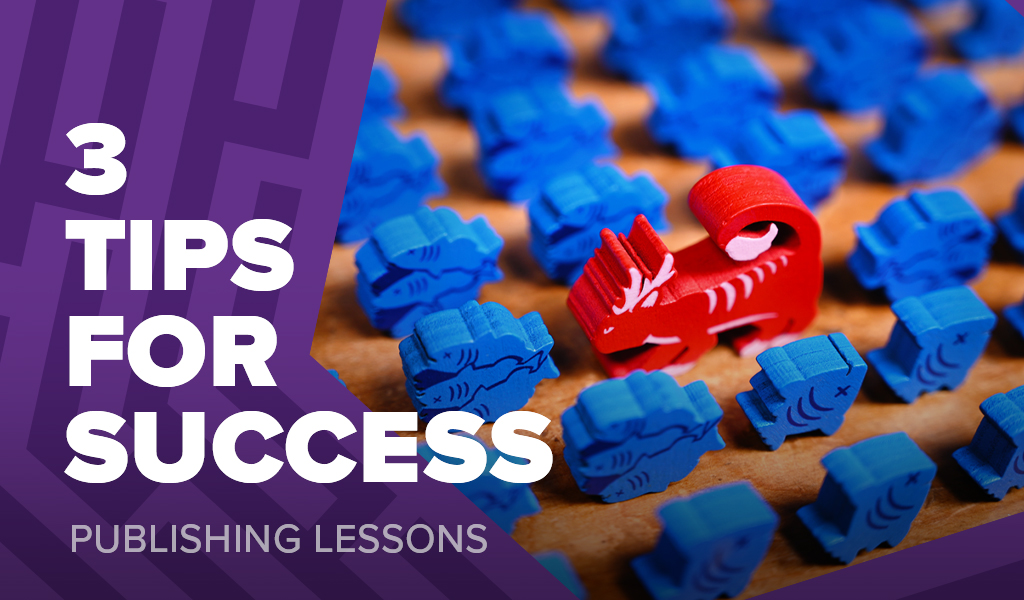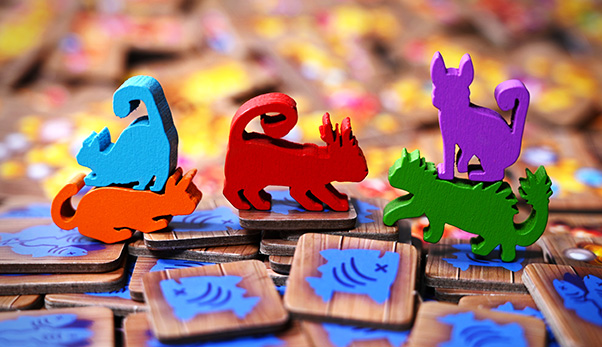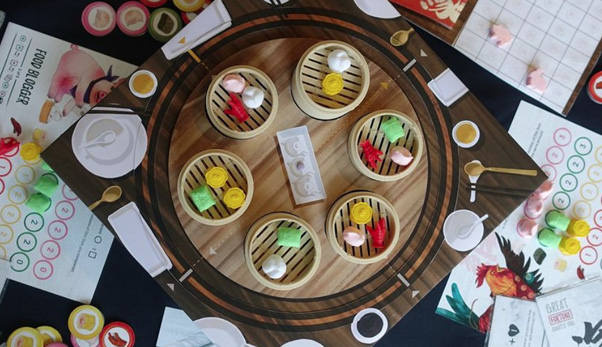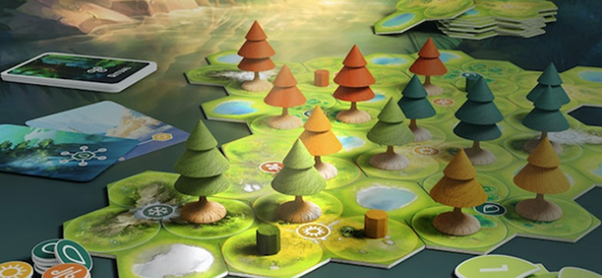3 tips for your first game

I speak with a lot of people who are hoping to publish their first board game via crowdfunding and while there are many things to get right, I always emphasise the same 3 things.
1. The price point
I frequently see people recommend that your first game is a small one. This is because the upfront costs will be less, the risk will be lower, and backers are more likely to jump on board as there is also less risk for them.
However, there are 2 issues with this approach.
1) Shipping has become increasingly more expensive in recent times and with a $20 game potentially costing $10-$15 to ship, it’s a much harder sell than it once was. Many backers will be put off by paying nearly as much for shipping as for the game itself, and you have very little room to discount your shipping costs.
2) If you are wanting to become a board game publisher (and not just making this one game), then the margins with a $20 game are going to make it very difficult to fund the growth of a business.
I always recommend aiming for $50 – $60 for your first game.
This price point allows you to offer a good shipping to game cost ratio and has room for creating a profit that can fund future games.
2. Take your time
Designing a game is a long process, but preparing a game for Kickstarter is a much larger task.
Of the last 20 first time creators I’ve spoken with, 18 of them advertised the launch date of their Kickstarter too early and ended up having to delay their launch. While this isn’t the end of the world, if you are a first time creator trying to build a community and show people you are capable of delivering on what you promise, starting that journey with a delay isn’t going to help you. It also creates a lot of unneeded pressure which you don’t need to be dealing with.
I strongly advise you do not advertise a launch date for your Kickstarter until everything is ready.
This means:
- The game is designed
- The rulebook is written
- The Kickstarter page is finished
- Prototypes have been shipped to content creators
- You have all your pricing (manufacturing, logistics, and fulfilment)
At this point you can pick a date and use the additional time between now and that date to prepare marketing materials, promote the upcoming launch, and focus on making the Kickstarter successful.
If you’re still working on your Kickstarter page or pricing calculations the days before you launch, then you’re not giving yourself the best chance of succeeding.
3. That 1 special thing
It goes without saying that designing a game with beautiful artwork and great gameplay is going to be beneficial and something you should aim for.
However, I also think it’s incredibly important to include 1 special thing in every game that makes people want to talk about your game and share it.
This shouldn’t be a gimmick, but instead a well crafted component that elevates the game and grabs peoples attention. By making people stop for a minute and take a look, you gain the opportunity to sell them your game based on the gameplay and artwork.
Here are a few examples:
The Isle of Cats has cats

Wingspan has eggs

Steam Up has steamer baskets

Forests of Pangaia has trees

It is true not every game has that 1 special thing and it is possible to succeed without it, but it helps a great deal, especially for a first time creator when you need to do everything possible to get noticed.
Frank West
Frank West is a gamer and designer based in Bristol, UK. He published his first board game, The City of Kings, in 2018 and now works on other games and organising events in the local area. His goal? To design and publish games focusing on immersive themes, fun mechanics and beautiful components. If you have any questions or would just like a chat, feel free to get in touch at any time!

